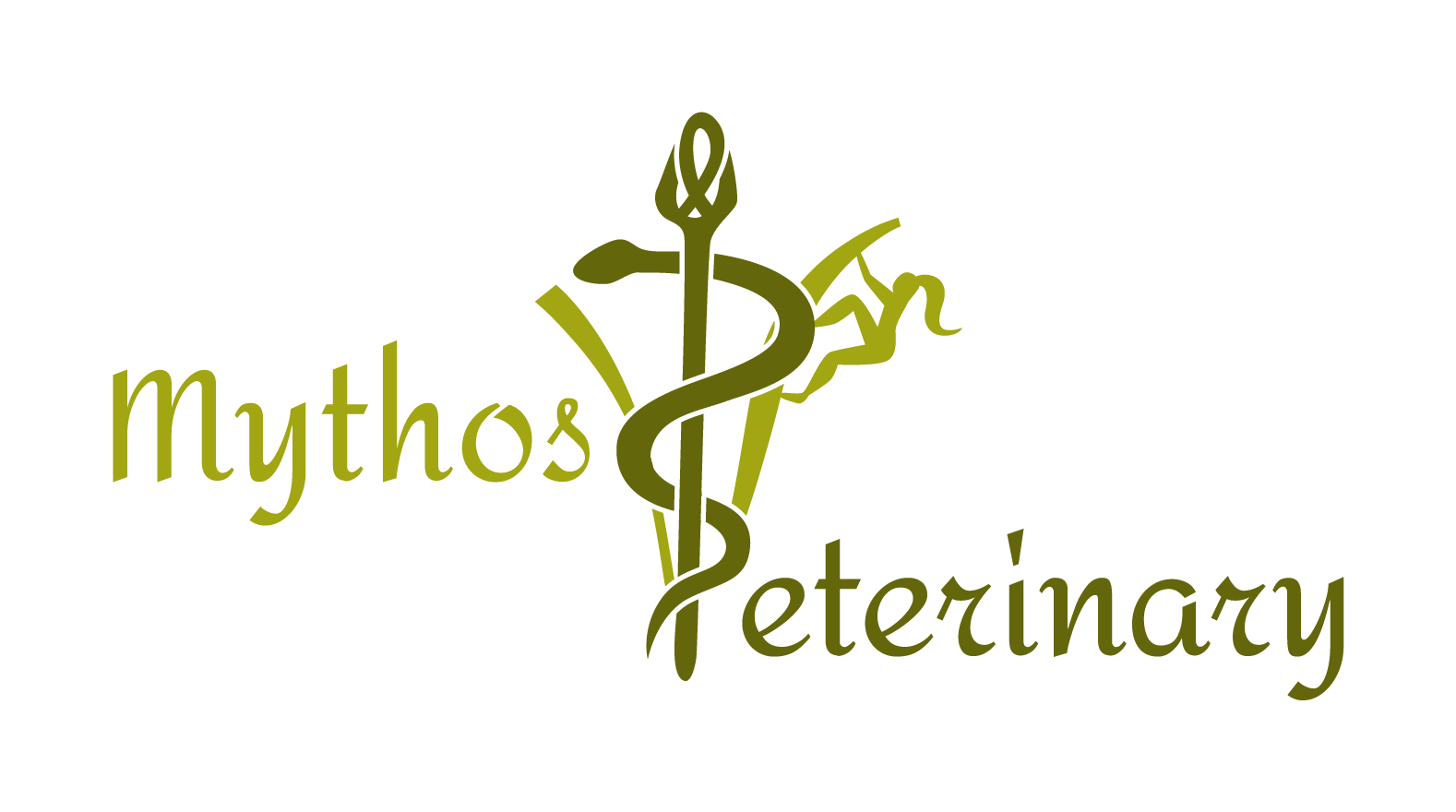Advanced Anesthesia Training Courses
March 18, 2022Summary
Once the technician has mastered the fundamentals of anesthesia, they are ready to
build on that foundation.
Curriculum includes:
Module 1: Adverse events in the anesthetic process
Learning objectives include:
- Difficult intubation
- Cardiovascular complications
- Structural
- Electrical
- Hypertension
- Respiratory complications and acid base disturbances
- Blood gas analysis for monitoring of oxygenation
- Blood gas analysis for acid-base disturbances
- Anaphylaxis/ Anaphylactoid reaction
Module 2: Understanding the anesthesia machine and gas pressure/flow in a hospital system
Learning objectives include:
- Respecting the high pressure system for gas delivery
- Identifying the components of an intermediate and low pressure system
- The common gas outlet: the crux of anesthesia delivery
- The anesthesia machine:
- Selecting an anesthesia circuit
- Benefits and drawbacks of a rebreathing circuit vs an non-rebreathing circuit
- Pressure testing your circuit
- Trouble shoot anesthetic machine leaks
- Selecting an anesthesia circuit
- Barotrauma and how to avoid it
Module 3: Indications for mechanical ventilation and how to use an anesthetic mechanical ventilator in practice
Learning objectives include:
- Barotrauma and how to avoid it
- Classification of ventilators
- Terminology and parameters
- Optional features of MVs
- Trouble shooting common problems with the MV
Module 4/5: Anesthetic protocols for specific procedures (two part lecture series)
Learning objectives include:
- When we select sedation vs general anesthesia
- Protocols for special soft tissue procedures
- Adrenalectomy
- Cholecystectomy
- Gastric dilation and volvulus
- GI obstruction (i.e., foreign body, mass, resection/anastomosis, intussusception)
- Nephrectomy
- Portosystemic shunt (PSS)
- Splenectomy
- Amputations (digits, forelimb, hindlimb, tail)
- Protocols for head and neck procedures
- Brachycephalic airway surgery
- Arytenoid lateralization (Laryngeal Tie Back)
- Parathyroidectomy/thyroidectomy
- Deep ear flush/myringotomy
- Ocular procedures
- Protocols for perianal surgeries
- Anal sacculectomy, perianal fistula, vulvoplasty
- Protocols for reproductive and urological surgeries
- C-sections
- Pyometra
- Cystotomy
- Perineal urethrostomy [PU]
- Protocols for thoracotomy procedures
- Protocols for diagnostic procedures
- Bronchial alveolar lavage
- Rhinoscopy
- Endoscopy
- If requested: Dorsal hemilaminectomy and ventral slot procedures
Module 6: Advanced anesthesia protocols for patients with comorbidities
Learning objectives include:
- Hyperadrenocorticism (Cushing’s disease)
- Hypoadrenocorticisim (Addison’s disease)
- Pheochromocytoma
- Insulinoma
- Intracranial disease
Register
Coming in winter, 2022!
